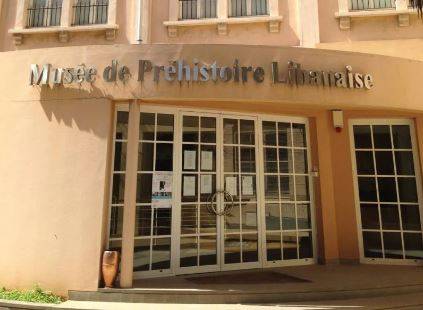
After a two-year closure to repair damage from the Beirut port blast, the museum reopens its doors. (Courtesy of the Museum of Lebanese Prehistory)
The unique legacy of the Jesuit fathers will be on display again as of Friday, Feb. 10.
L'Orient Today / By May MAKAREM, 10 February 2023 10:33

After a two-year closure to repair damage from the Beirut port blast, the museum reopens its doors. (Courtesy of the Museum of Lebanese Prehistory)